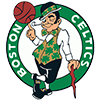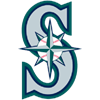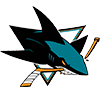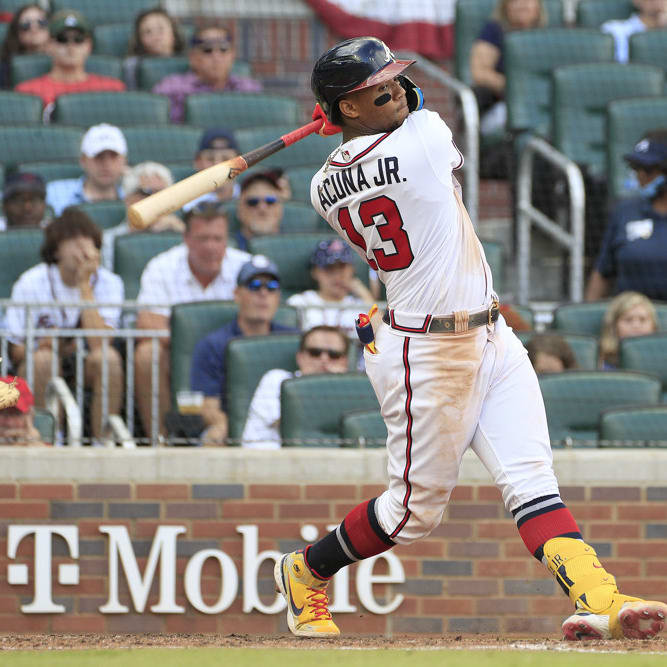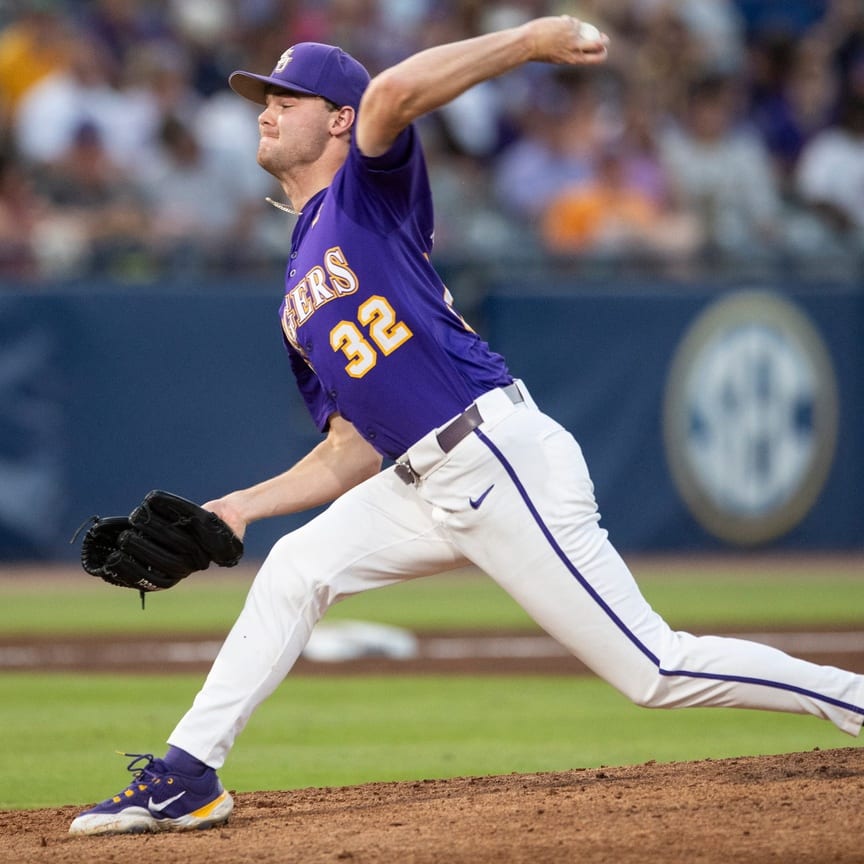Editor's Note: A version of this article ran in the 2021 RotoWire Fantasy Baseball Guide. Alex Chamberlain updated the article ahead of the 2022 MLB season.
It seems like a lifetime since FanGraphs introduced batted-ball data. In fact, it was hardly half a decade ago, effectively splitting the distance between now and Moneyball (2011). Before 2015, you'd be hard-pressed to quantify how often a hitter pulled the ball or simply made hard contact without relying on the ol'-fashioned eye test.
Fast-forward to 2022, and terms like "exit velocity" (or EV), "launch angle" (LA) and "barrel" have infiltrated the sport's lexicon. Game broadcasts may display EV for home runs, difficulty ratings for remarkable defensive plays, or a player's maximum foot speed reached on the basepaths. Data collection for Major League Baseball has moved so quickly, one can easily lose track (or be blissfully unaware) of developments — and feel helpless to ever catch up.
The Pitch Leaderboard began as my attempt to catch up and overcome this very helplessness.
Its primary function is to summarize, distill and deliver Statcast data in a way that's accessible to everyone, not just nerds like me, but also improve our collective use of pitching metrics and understanding and analysis of pitching performance. It combines characteristics from three of the sabermetric community's crown jewels: (1) the spirit of Baseball Prospectus's PITCHf/x leaderboard (2) with the layout of a FanGraphs leaderboard (3) using state-of-the-art Statcast data.
If you use it, I hope it serves you well. You
Editor's Note: A version of this article ran in the 2021 RotoWire Fantasy Baseball Guide. Alex Chamberlain updated the article ahead of the 2022 MLB season.
It seems like a lifetime since FanGraphs introduced batted-ball data. In fact, it was hardly half a decade ago, effectively splitting the distance between now and Moneyball (2011). Before 2015, you'd be hard-pressed to quantify how often a hitter pulled the ball or simply made hard contact without relying on the ol'-fashioned eye test.
Fast-forward to 2022, and terms like "exit velocity" (or EV), "launch angle" (LA) and "barrel" have infiltrated the sport's lexicon. Game broadcasts may display EV for home runs, difficulty ratings for remarkable defensive plays, or a player's maximum foot speed reached on the basepaths. Data collection for Major League Baseball has moved so quickly, one can easily lose track (or be blissfully unaware) of developments — and feel helpless to ever catch up.
The Pitch Leaderboard began as my attempt to catch up and overcome this very helplessness.
Its primary function is to summarize, distill and deliver Statcast data in a way that's accessible to everyone, not just nerds like me, but also improve our collective use of pitching metrics and understanding and analysis of pitching performance. It combines characteristics from three of the sabermetric community's crown jewels: (1) the spirit of Baseball Prospectus's PITCHf/x leaderboard (2) with the layout of a FanGraphs leaderboard (3) using state-of-the-art Statcast data.
If you use it, I hope it serves you well. You can find a link to it on Twitter @Pitch_Leaderbrd.
Although it is maintained by one person (yours truly), the Pitch Leaderboard is meant to be a communal space. It hosts all kinds of metrics, from the traditional (batting average, strikeout rate) to the advanced (batting average on balls in play, or BABIP; weighted on-base average, or wOBA) as well as new-era Statcast metrics (EV, LA, barrels, etc.). It also serves as a centralized repository for custom metrics developed by some of fantasy baseball's sharpest minds.
If you're reading this, you may be a die-hard fantasy baseball player seeking a leg up, or just a casual/novice player simply looking for a bit of help on draft day. Regardless, you're pursuing an edge, even if that edge is to simply be less unprepared than your league-mates.
The Pitch Leaderboard has your back. In alphabetical order, here are 10 of my favorite non-mainstream metrics on the Pitch Leaderboard, many of which are Pitch Leaderboard exclusives.
Blast rate (Blast%)—Barrels capture optimal combinations of EV and LA. Blast rate, a subset of barrel rate (Barrel%, or Barrel/BBE), isolates the most-productive barrels, aka "blasts." Not all barrels are created equal, and blasts help to elucidate the point nicely: whereas barrels averaged an .804 batting average and a 58% home-run rate, blasts boast a .919 batting average and 82% home-run rate. (In contrast, weaker non-blast barrels yield a .707 batting average and a 38% home-run rate.) Blasts comprise roughly half of all barrels, making for a nice benchmark; for the average hitter, blasts and "weak" barrels will be split nearly 50-50. Moreover -- and, to nerds like me, most interestingly -- blasts, just 3% of all BBEs, explain roughly 60% of the typical hitter's productive value. (Read more at FanGraphs.com: "Blasts: A Subset of Barrels," by Alex Chamberlain @DolphHauldhagen)
Called strikes plus whiffs (CSW)—Simple, intuitive, and powerful, CSW takes the framework of SwStr%, a fundamental building block for strikeouts, and improves it by adding called strikes to the mix. Called strikes are a legitimate, bankable skill, and their inclusion in our evaluation of strike-throwing frequency has expanded our understanding of how different pitchers succeed, both descriptively (looking backward) and predictively (looking forward). CSW can be found alongside the usual array of plate discipline metrics one would find on FanGraphs, including SwStr%, contact rate (Contact%), swing rate (Swing%), zone frequency (Zone%), as so on. (Read more at PitcherList.com: "CSW Rate: An Intro to an Important New Metric," by Alex Fast @AlexFast8)
Classified run average (CRA)—One of the foundational developments of sabermetrics is the ERA estimator. You're probably familiar with at least one of the most-popular three: fielding independent pitching (FIP), expected FIP (xFIP) and skill-interactive ERA (SIERA). They all estimate ERA using only skills that are (theoretically) attributable to the pitcher. For example, FIP treats home runs allowed as the ownable skill, while xFIP uses flyballs and assumes the home runs that occur on flyballs are luck-based. For its home run component, CRA uses barrels, which, in terms of predictive value, is superior to both home runs and flyballs allowed. This simple but powerful change makes CRA more predictive than the Big Three ERA estimators -- you know, the ones your league opponents almost certainly use. (Read more at SixManRotation.com: "Introducing CRA: A New Pitching Metric," by Connor Kurcon @ckurcon)
Deserved ERA (dERA)—At the opposite end of the ERA-estimating spectrum from CRA, dERA uses all observed outcomes -- not just home runs or flyballs or barrels -- to mimic as closely as possible the ERA a pitcher deserved. A strong diagnostic tool, it can tell the user how lucky or unlucky a pitcher was based on everything that already happened. However, dERA is the weakest ERA estimator in terms of predictivity -- by design, to be clear; when it comes to these things, this is often a natural trade-off between descriptive and predictive capability -- so it should be used with caution. Still, no ERA estimator right now is better for discerning who got the short (or long!) end of the stick for a given timeframe. (Pitch Leaderboard exclusive)
Deserved strikeout rate (dK%)—dK% estimates the strikeout rate of a pitcher or hitter based on his frequencies for the three basic outcomes of a pitch in the two basic areas of the strike zone: swing-and-miss, swing-with-contact, and no swing, both inside and outside the zone. dK% looks backward, describing to us the strikeout rate that a player deserved based on all preceding outcomes. dK% correlates extremely strongly with actual strikeout rate; as such, dK% ought to be interpreted like most other "x" stats, where the biggest deviations between dK% and strikeout denote the biggest beneficiaries (or sufferers) of good (bad) luck. (Pitch Leaderboard exclusive)
Deserved walk rate (dBB%)—dK%'s counterpart, dBB% uses the same plate discipline components to estimate a pitcher's or hitter's deserved walk rate. While not nearly as powerful as dK%, dBB% still gives a valuable glimpse into how a pitcher or hitter should have performed given everything that happened, with the biggest discrepancies likely being the luckiest and unluckiest of the bunch. (Pitch Leaderboard exclusive)
Dynamic hard-hit rate (DHH%)—EV is only as valuable as its LA; a 110-mph line drive or flyball will likely be much more productive than a 110-mph groundball. That said, a high EV at a suboptimal LA -- like the towering Joey Gallo pop-up that inspired the research -- can tell you a lot about a hitter's productive capacity. Gallo's loud out, while unproductive, left his bat about as fast as humanly possible given its LA. Enter DHH%, which establishes a dynamic threshold for what constitutes a hard hit at various LAs (contrary to Statcast's hard-hit rate, which sets a constant minimum EV of 95 mph at any LA). DHH% is more predictive of next-year hitter production than standard hard-hit rate or Statcast's expected wOBA on contact (xwOBAcon). (Read more at SixManRotation.com: "Introducing a Dynamic Hard-Hit Rate and 'TrueHit'," by Connor Kurcon @ckurcon)
LA tightness ("sd(LA)")—It stands to reason that a hitter will be more productive, on average, if he can replicate his naturally-occurring LA more consistently. A smaller number (representing less variance) indicates a tighter LA -- and a tighter LA correlates with a higher batting average on balls in play (BABIP) and better overall production. A tight LA is not the be-all and end-all; there's commonly a trade-off between power and LA tightness, such that slappy, contact-oriented hitters might have tighter LAs than power bats. But the best hitters (for example, some schmuck named Mike Trout) can have his cake and eat it, too. (Read more at FanGraphs.com: "Let's Talk About LA 'Tightness'," by Alex Chamberlain)
Maximum exit velocity (Max EV)—Provided by Statcast, max EV is exactly what it sounds like: the hardest-hit ball put into play by a hitter (or allowed by a pitcher), measured in miles per hour. Max EV's utility, being a singular batted-ball event (BBE), comes in its ability to "stabilize" more quickly than rate (%) stats. In a sample of 694 hitters who compiled at least 250 BBEs in a season (2017-19), half achieved their max EV by their 35th BBE (for the average hitter, just 12 games into the season) and 80% achieved their max EV by their 100th BBE (game 35). While we're fumbling with small-sample randomness a month into the season, max EV may communicate something useful about a hitter's productive value, especially for those who have improved their max EVs by substantive margins. (Read more at FanGraphs.com: "The Near-Immediate Usefulness of Max EV," by Alex Chamberlain)
Vertical approach angle (VAA)—VAA measures the angle at which a pitch approaches home plate… vertically. Deep stuff, I know. Analysts with access to college baseball's Trackman data (scouts, front offices, university R&D organizations) have observed the crucial role VAA plays in making or breaking a fastball. In short, flatter four-seamers and steeper two-seamers generate more swinging strikes and induce weaker contact. We're keying in on how pitchers cultivate extreme VAAs, too, primarily through pitch height and varied combinations of velocity and release height. VAA above average (VAA AA—not ideal, I know, but what can you do) takes VAA one step further, communicating how much flatter or steeper a pitch is regardless of pitch location, helping find a clearer signal in the noise. (Read more at FanGraphs.com: "Where Vertical Approach Angle Seems to Matter Most" and "A Visualized Primer on Vertical Approach Angle (VAA)," by Alex Chamberlain)








